Navigating the world of book printing can be a daunting task for authors, especially when confronted with a barrage of printing and publishing jargon. Understanding the terminology is crucial for making informed decisions about the printing process and ensuring your vision translates seamlessly onto the page. Let’s take a look at some commonly used terms.
Ghosting
“Ghosting” refers to faint, unintended images or text visible on the printed page. It can occur when ink from one page transfers to the facing page. Proper ink and paper selection can minimize ghosting.
Gutter
The “gutter” is the inner margin or space between the pages where the book is bound. Proper consideration of the gutter is crucial for ensuring that no text or important elements are lost in the binding process.
Halftone
“Halftone” involves reproducing continuous-tone images through a pattern of dots. It’s crucial for achieving various shades and tones in printed images.
Hardcover vs. Softcover
“Softcover” (or paperback) and “hardcover” (or casebound) refer to the type of binding used for a book. Hardcover books have a rigid cover, often wrapped in a dust jacket, while softcovers have a flexible cover made of paper or cardstock.
Head and Foot
The “head” is the top edge of the book, and the “foot” is the bottom edge. Attention to the head and foot is essential for proper book orientation during printing and binding.
Head and Tail Bands
“Head bands” and “tail bands” are decorative elements sewn onto the top and bottom of the book’s spine. They add a finishing touch and reinforce the binding.
Imprint
An “imprint” is a brand or trade name under which a work is published. It can represent a specific genre, style, or editorial approach.
ISBN (International Standard Book Number)
An “ISBN” is a unique identifier for books, facilitating their identification in the publishing industry. Each edition and format of a book receives a distinct ISBN.
Jumpline
A “jumpline” is a reference to the page number where a story or article continues. It guides readers to the correct page, particularly in publications with non-linear content.
Lamination
“Lamination” involves applying a thin protective layer over the book cover. Gloss lamination adds a shiny finish, while matte lamination provides a softer, non-reflective appearance. Lamination enhances durability, protecting the cover from wear and tear.
Library of Congress Control Number (LCCN)
The “Library of Congress Control Number” is a unique identification number assigned by the Library of Congress. It’s often included on the copyright page, aiding in cataloging.
LPI (Lines Per Inch)
“LPI” measures the number of lines that can be printed in one inch. Higher LPI results in finer details. It’s particularly relevant for halftone images, where varying dot sizes create the illusion of continuous tones.
Mass Market Paperback
A “mass market paperback” is a small-sized paperback designed for widespread distribution, often found in supermarkets, convenience stores, and airports. Its compact size and affordability make it a popular choice for readers on the go.
Mockup
A “mockup” is a visual representation of the book’s design, allowing authors to preview how the final product will appear. It aids in refining layout and cover elements.
Offset Printing
“Offset printing” is a traditional printing method where ink is transferred from a plate to a rubber blanket before reaching the printing surface. It’s cost-effective for large print runs and offers high-quality, consistent results.
Page Proof
A “page proof” is a prepress proof that provides a final preview of how the book will look once printed. Authors review and approve the page proof to catch any errors before the full print run.
Pagination
“Pagination” refers to the numbering of pages in a book. It ensures order and helps readers navigate the content seamlessly.
Perfect Binding
“Perfect binding” is a common bookbinding method where the pages are glued together at the spine. This creates a clean and square spine, suitable for novels, magazines, and most paperback books.
At Presto Page, we’re here to support you every step of the way. Whether you need assistance with self-publishing, design services, or any other aspect of self-publishing, we’re your partners in success. Contact us today to see what we can do for you, and in the meantime stay tuned for more explanations of printing and publishing jargon!

